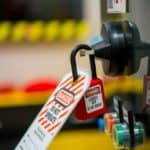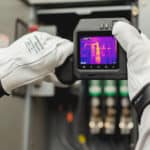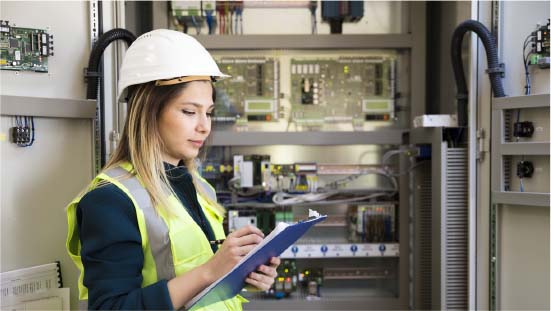Maintaining high-quality products in any competitive marketplace depends on accurate, repeatable manufacturing processes. Having a calibration label on instruments is not enough. The calibration practices must be uniform, repeatable, and accurately documented.
Complete success involves integrating:
- Identification of critical manufacturing assets
- Clear identification of calibration standards
- Standardized calibration procedures and practices
- Thorough documentation of calibration activities
The SEAM Group approach to Calibration Management includes a methodology that integrates these elements into a cost-effective, comprehensive program that supports sustainability, accountability, and regulatory compliance.
Example:
Recently SEAM Group consultants assisted a major biologics manufacturer to complete a redesign of its Calibration Program utilizing SAP integration as a key improvement component.
Historically our client relied on individual departments scheduling calibration activities that called upon several external service providers. Due to the paper processes in place, there was little control over scheduling, calibration methodology, or cost tracking. Additionally, numerous non-critical assets were being calibrated, inflating downtime therefore unnecessarily increasing costs.
Analysis of existing processes, assets, and personnel roles led to establishing:
- An optimized Master Instrument list (MIL) – provided a criticality prioritized list of calibrated manufacturing assets
- Standardized Work Plan Templates – allowed for in-house calibration technicians uniform instructions for calibration of MIL assets
- A Planner/Scheduler role – centralized coordination of calibration activities for in-house technicians as well as external service providers
The pivotal point in the project was implementing the use of Work Plan Templates for in-house calibration personnel. By standardizing work activities and clear identification of assets, approximately 50% of calibration activities can now be performed uniformly by in-house personnel, resulting in an initial cost saving of approximately 30%. Using SAP as the Computerized Calibration Management System (CCMS) and the newly implemented planner/scheduler role to manage calibration activities allowed calibration personnel to focus on the calibration activities rather than tracking vendors, documentation, and finance.
The year-over-year cost reductions are expected to be in the range of 2% to 5% and internal customer satisfaction has greatly improved, due to reduced downtime.





